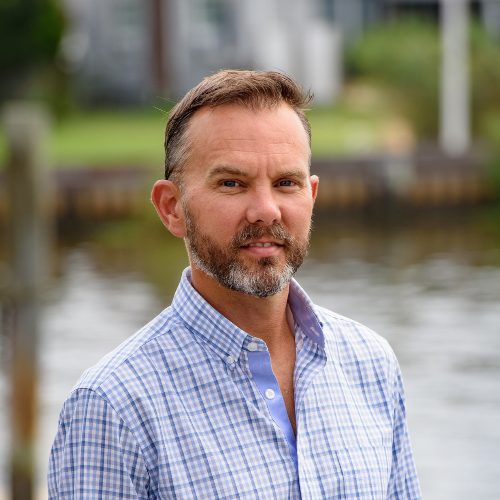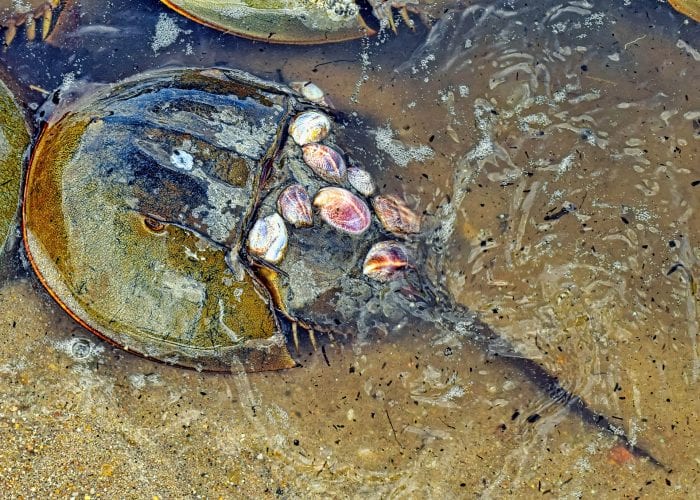Dr. Christopher Gobler, a professor in the School of Marine and Atmosphere Sciences (SoMAS) at the State University of New York at Stony Brook’s Southampton campus, will be honored by the Sierra Club’s Long Island group for his outstanding environmental contributions at a buffet luncheon at Seatuck (in the Scully estate), 550 South Bay Ave., Islip on March 15 at 1 pm.
Gobler has been a professor at SoMAS since 2005. He has been Director of Academic Programs, Associate Dean of Research, and is now co-Director of the Center for Clean Water Technology (CCWT).
He has been recognized by the Sierra Club’s Long Island group as a recipient of their 2024 Outstanding Environmentalist award for educating not only the students at the University, but the public as well about the state of our waters, the need for them to be cleaned up, and how to go about it. He’s also being recognized for his work and research toward a better understand our surrounding waters.
Stony Brook University’s website says “The major research focus within his group is investigating how anthropogenic activities such as climate change, eutrophication, and the over-harvesting of fisheries alters the natural biogeochemical and/or ecological functioning of coastal ecosystems. Within this realm, major research efforts include the study of harmful algal blooms (HABs) caused by multiple classes of phytoplankton in diverse ecosystems as well as the effects of coastal ocean acidification on marine life.”
The luncheon is open to the public. Contact Ann Aurelio, [email protected] by March 10th for more information or to register to attend. There is a suggested donation of $25.
About The Sierra Club
The Sierra Club is America’s oldest volunteer directed environmental organization. It was created in 1892 in California. It now has over 700,000 members nationwide. It is nation’s largest and most influential grassroots environmental organization with three million members and supporters.






